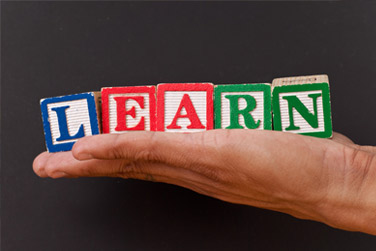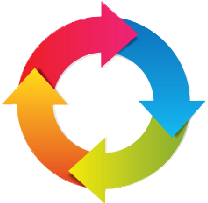TIPS for all Lesson Steps
LESSON 1
The Kindergarten Readiness Assessment (KRA) helps you assess your students at the beginning of the kindergarten year. You can use data from the assessment to inform everything you do, so that even if some of your students weren't ready for kindergarten... you can make sure they'll be ready for first grade and beyond.
The Kindergarten Readiness Assessment (KRA) helps you assess your students at the beginning of the kindergarten year. You can use data from the assessment to inform everything you do, so that even if some of your students weren't ready for kindergarten... you can make sure they'll be ready for first grade and beyond.
LESSON 2
The KRA assesses students academically (in Math and Language/Literacy), but it also tells you where they are socially, physically and around their executive functioning skills. This gives you the information you need to address any deficits that students have right now, during the kindergarten year.
The KRA also provides outcomes data that you can use to dialogue with pre-kindergarten teachers and programs about areas of instruction where there are identified needs.
The KRA assesses students academically (in Math and Language/Literacy), but it also tells you where they are socially, physically and around their executive functioning skills. This gives you the information you need to address any deficits that students have right now, during the kindergarten year.
The KRA also provides outcomes data that you can use to dialogue with pre-kindergarten teachers and programs about areas of instruction where there are identified needs.
LESSON 3
Accessing KRA data is easy - it's always just a link away. You can also generate a variety of different reports and sort and filter the data to suit your particular needs.
Accessing KRA data is easy - it's always just a link away. You can also generate a variety of different reports and sort and filter the data to suit your particular needs.
LESSON 4
Assessment data only matters when you turn it into action - planning lessons, grouping and teaching your students. KRA data gives you a profile of your students so that you can teach them more effectively and more efficiently. As a screening tool, KRA data can help you determine who can benefit from additional interventions and further diagnostic assessments.
Assessment data only matters when you turn it into action - planning lessons, grouping and teaching your students. KRA data gives you a profile of your students so that you can teach them more effectively and more efficiently. As a screening tool, KRA data can help you determine who can benefit from additional interventions and further diagnostic assessments.
LESSON 5
The KRA was built to assess what research shows are the critical skills and knowledge that impact a student's academic success - it takes a "whole child" approach so that you have a better understanding of your students in every way.
The KRA was built to assess what research shows are the critical skills and knowledge that impact a student's academic success - it takes a "whole child" approach so that you have a better understanding of your students in every way.
LESSON 6
Unlike many other assessments, the KRA assesses social-emotional and executive functioning skills, which have a major impact on children's ability to work on their own and to work with others. If the assessment data show needs in these areas, you can work with students to help them build these skills. You can also utilize further assessment tools to dig deeper.
Unlike many other assessments, the KRA assesses social-emotional and executive functioning skills, which have a major impact on children's ability to work on their own and to work with others. If the assessment data show needs in these areas, you can work with students to help them build these skills. You can also utilize further assessment tools to dig deeper.
LESSON 7
You can collect KRA observation data during your regular school day. Typical routines, activities, and transitions are great opportunities to observe students. You can plan intentional opportunities for observation. It may be easiest to document observations for a small group of students at a time.
You can collect KRA observation data during your regular school day. Typical routines, activities, and transitions are great opportunities to observe students. You can plan intentional opportunities for observation. It may be easiest to document observations for a small group of students at a time.
LESSON 8
There are a wide range of allowable supports that you can use to assess all of your students. Supports never change the content of the KRA items or what you are evaluating - they simply give students a way to interact with the KRA so that you can collect the data you need to support their learning and development.
There are a wide range of allowable supports that you can use to assess all of your students. Supports never change the content of the KRA items or what you are evaluating - they simply give students a way to interact with the KRA so that you can collect the data you need to support their learning and development.
LESSON 9
No matter what you do during the school day, children's families will still be the ones who have the greatest impact on them. The KRA helps you generate user-friendly reports that you can share with families so that you're all on the same page and working toward the same goals.
No matter what you do during the school day, children's families will still be the ones who have the greatest impact on them. The KRA helps you generate user-friendly reports that you can share with families so that you're all on the same page and working toward the same goals.






